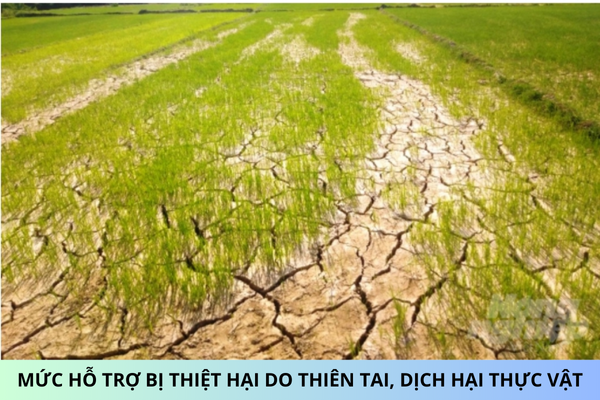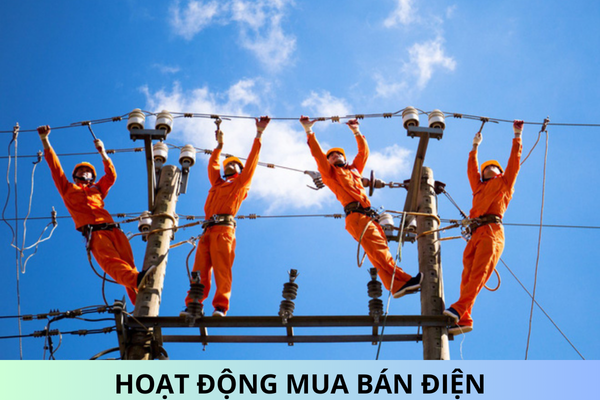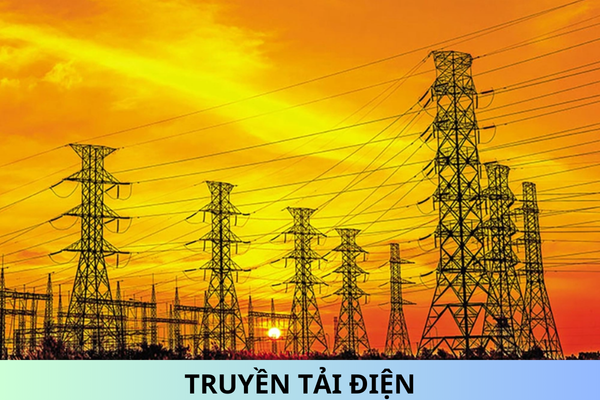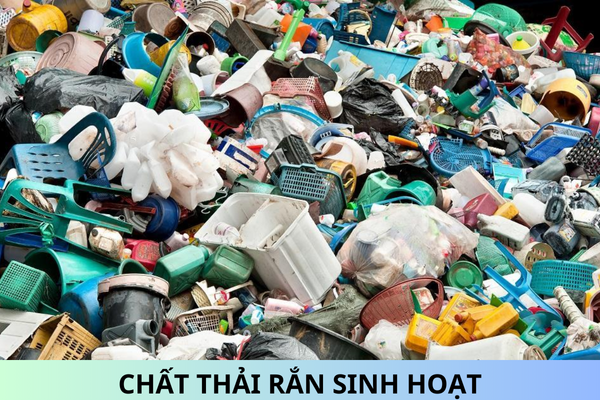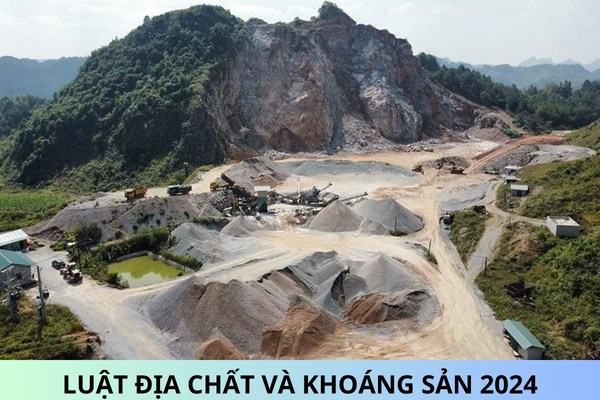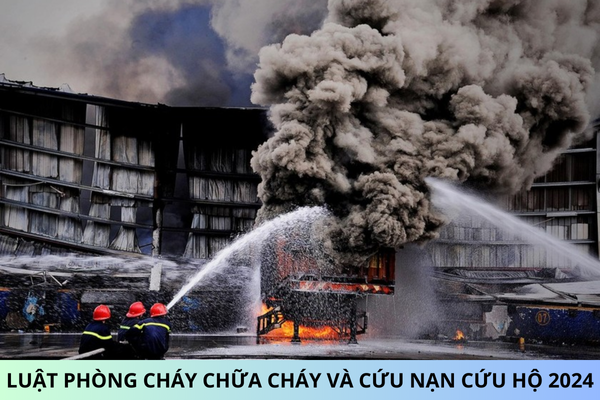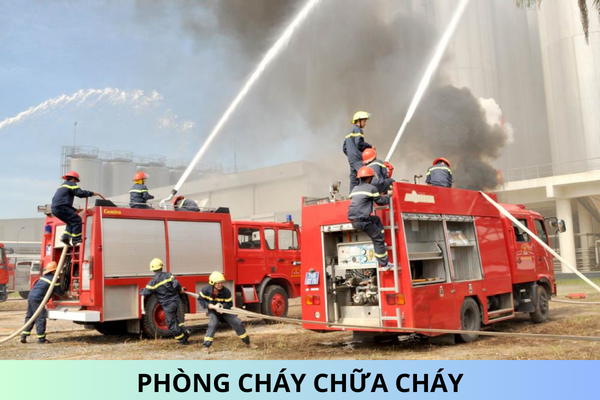Contents of state management of environmental protection in Vietnam
I want to ask, what do the contents of state management of environmental protection include? I look forward to support according to the latest document.

Contents of state management of environmental protection in Vietnam (Image from the Internet)
According to Article 164 of the Law on Environmental Protection 2020 (Effective from January 1, 2022) regulates the contents of state management of environmental protection, specifically:
1. Promulgating and organizing the implementation of policies and laws; standards, technical regulations and technical guidance; strategies, planning and plans; programs, schemes and projects on environmental protection.
2. Appraising EIARs and approving EIAR appraisal results; issuing, renewing, adjusting, re-issuing and revoking environmental licenses; carrying out environmental registration; issuing, re-issuing and revoking environmental certificates.
3. Controlling sources of pollution; managing waste and environmental quality; improving and remediating environment; protecting environment at natural heritage sites, conserving nature and biodiversity; preventing and responding to environmental emergencies.
4. Building and managing environmental monitoring systems; organizing environmental monitoring.
5. Building and updating environmental information and reporting systems and database.
6. Building and operating systems for supervising and assessing activities aimed at climate change adaptation; systems for measuring, reporting and appraising reduction of GHG emissions.
7. Developing GHG inventory; building and updating climate change, sea level rise and urban inundation scenarios and database; assessing national climate; providing guidelines for using climate change information and data and integrating contents of adaptation to climate change with strategies and planning.
8. Organizing development of the domestic carbon market; implementation of the credit exchange mechanisms and fulfillment of international commitments to GHG emissions reduction.
9. Carrying out inspections; handling complaints and denunciations; imposing penalties for violations against the law on environmental protection; assessing damage and claiming compensation for environmental damage.
10. Environmental communication and education, increasing awareness of environmental protection; provide professional training in environmental protection.
11. Scientific research into, development, application and transfer of environmental protection technologies, international integration and cooperation in environmental protection.
12. Providing state funding for performing environmental protection tasks within the current budget; statistically reporting, monitoring and publishing expenditures on environmental protection.
Best Regards!
